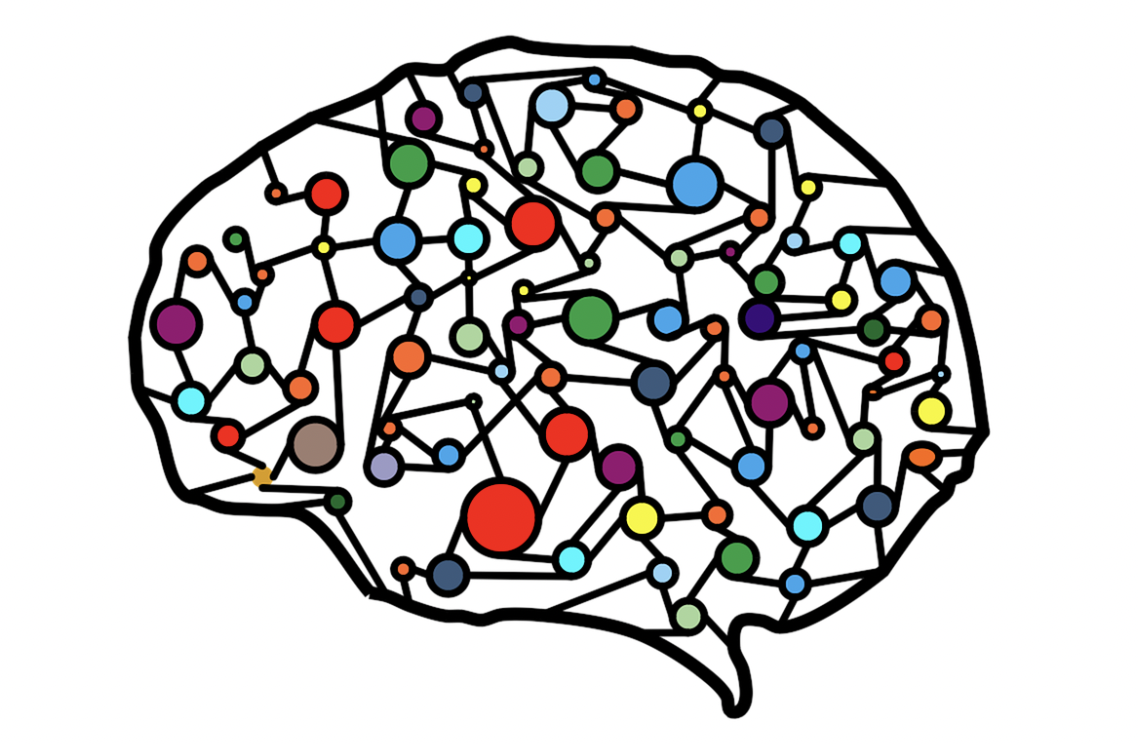Introduction
Deep Learning is a subfield of machine learning and artificial intelligence. It involves using certain types of algorithms called Neural Networks inspired by the structure and function of the brain.
This technology lies behind everyday products and services such as digital assistants, voice-enabled TV remotes, and credit card fraud detection as well as emerging technologies such as self-driving cars.
The global deep learning market size is projected to grow from $17.60 billion in 2023 to $188.58 billion by 2030, at a CAGR (Compound annual growth rate) of 40.3% during the forecast period, according to Fortune Business Insights.
How Deep Learning Works ?
A deep learning machine works by using neural networks. These networks consist of sequential layers of several nodes or activation points.
Say you have to recognize the breed of a dog. The first layer of designated nodes will see which pixels and how much those pixels are lit. These designated nodes will have some initial numerical weightages and they will pass the product of the intensity of pixel multiplied by the weightage to the next layer with lesser number of nodes, depending on whether the value of the product was substantial. Some nodes will always have a small value for the product and thus it is ok to have lesser number of nodes in the next layer, since only fewer need to be activated.
In this way, the crucial information would be passed from layer to layer, until very few nodes are left and the most distinguishing feature of breed is used to decide on breed. Some training will definitely be required. By giving the computer some answers, the machine can go through this procedure and if it is wrong, it can adjust the weights on nodes in the layers. In this way it can give the right weightages to the important pixels in picture and can work on similar new data.
Deep Learning Applications
Virtual Assistants: Amazon Alexa, Cortana, Siri, and Google Assistant are typical examples of virtual assistants. They constantly improve their performance through DL algorithms.
Chatbots: A chatbot is an AI application that can chat online via text or text-to-speech. They are used in customer interaction and marketing on social networking sites.
Healthcare: Computer-aided disease detection and diagnosis have been made possible by Deep Learning. Medical research, drug discovery, and diagnosis of life-threatening diseases such as cancer and diabetic retinopathy is done through the process of medical imaging using DL.
Entertainment: Companies such as Netflix, Amazon, YouTube, and Spotify suggest relevant movies, songs and videos to enhance their customer’s experience. DL techniques are also used to add sound to silent movies and generate subtitles automatically.
News Aggregation and Fake News Detection: DL aggregates and filters out news as per socio-geographic and economic parameters, plus the individual preferences. It also helps detect Fake News using neural algorithms.
Music: DL machines can learn notes, structures, and patterns of music and start producing music independently. Example – WaveNet, a generative model can be used to create compositions.
Image Coloring: DL machines can take a grayscale image and color it automatically. This is an advanced application of Deep Learning.
Robotics: DL is heavily used for programming robots to perform human-like tasks. Robots use real-time updates to sense obstacles in their paths and navigate around them.
Self-driving cars: These futuristic cars maneuver through traffic using data from their cameras, sensors, geo-mappings, and sophisticated models. Tesla is one popular example
Natural Language Processing: NLP is a process wherein machines analyze and comprehend human language. DL is helping develop these complex abilities
Afterword
Although Deep Learning has many benefits like autonomous learning, pattern discovery and accuracy, there are drawbacks also. There are huge amounts of training data needed for good performance. Heavy hardware and energy is also required which is very expensive. With breakthroughs, however, being made every other day these issues should soon resolve so that everybody can benefit.
Image Sourced from Freepik
